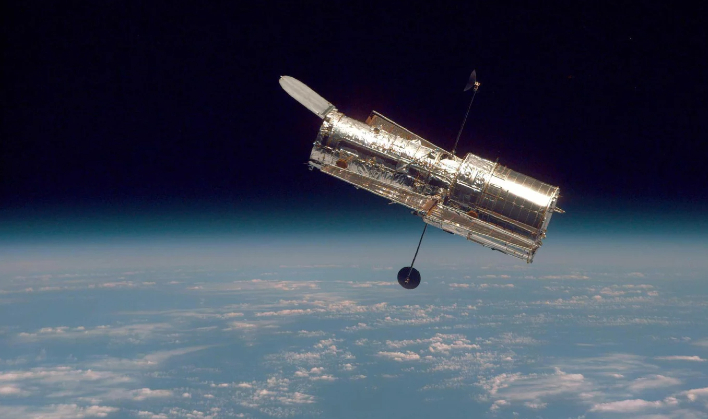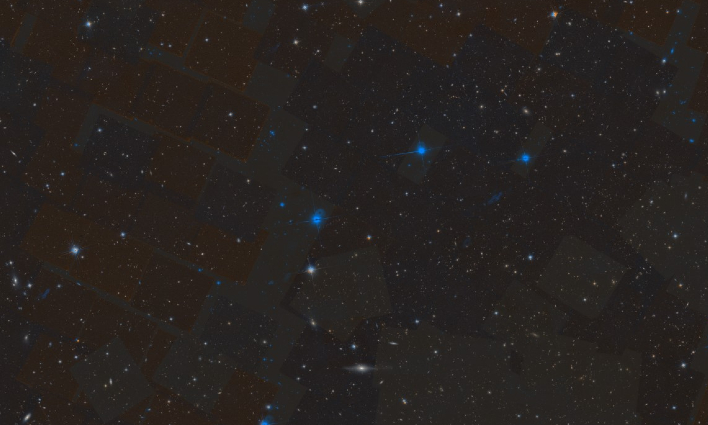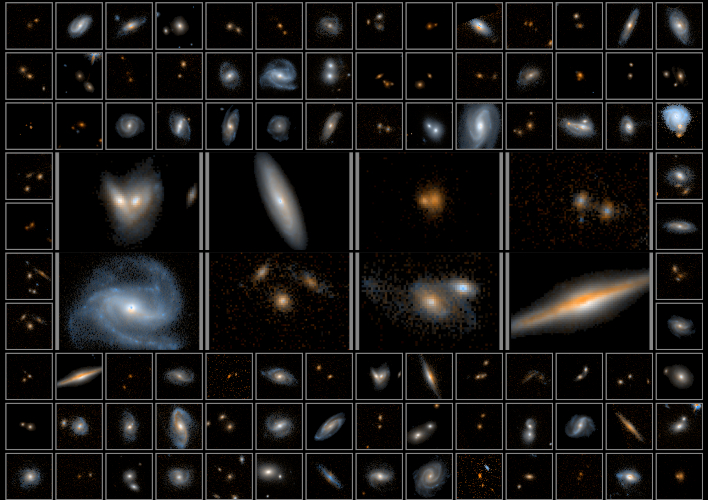Hubble's Largest Ever Infrared Image Is A Captivating Display Of Galaxies 10 Billion Years Old

Hubble began its journey collecting imagery of distant galaxies more than 30 years ago. The images and data it has collected has led to many new discoveries and unveiled parts of the universe never seen before. Its 3D-Dash program has now provided researchers with a complete near-infrared survey of the entire COSMOS field.
"The 3D-Dash program extends Hubble's legacy in wide-area imaging so we can begin to unravel the mysteries of the galaxies beyond our own," stated Lamiya Mowla, Dunlap Fellow at the Faculty of Arts & Science's Dunlap Institute for Astronomy & Astrophysics at the University of Toronto and lead author of the study.
Mowla also points out that since it launched, Hubble has provided a view of how galaxies have changed in the last 10 billion years of the universe.

"I am curious about giant galaxies, which are the most massive ones in the Universe formed by the mergers of other galaxies. How did their structures grow, and what drove the changes in their form," Mowla explained. She added that the difficulty in being able to study these rare events was what led to the design of this large survey.
In order to capture such an expansive view, the researchers used a new technique with Hubble known as Drift And SHift (DASH). The technique creates an image eight times larger than the standard field of view of Hubble by capturing multiple shots that are stitched together into a mosaic.

Even though JWST will be able to capture higher resolution images than Hubble, it will likely not beat out Hubble in terms of total area captured. 3D-Dash encompasses an area nearly six times the size of the moon in the sky as seen from Earth. JWST was developed for sensitive, up-close images in order to capture fine detail of a small area and is on track to become fully operational early next week.
"3D-DASH adds a new layer of unique observations in the COSMOS field and is also a steppingstone to the space surveys of the next decade," remarked Ivelina Momcheva, head of data science at the Max Planck Institute for Astronomy and principal investigator of the study. "It gives us a sneak peek of future scientific discoveries and allows us to develop new techniques to analyze these large datasets."
Top Image Credit: NASA/European Space Agency

